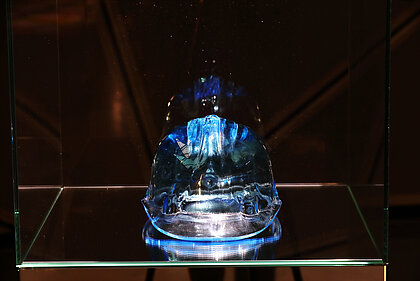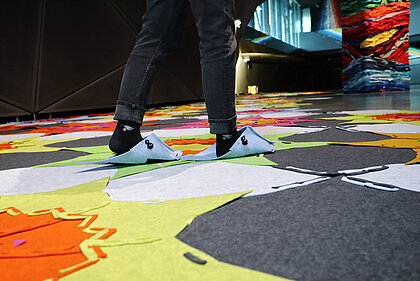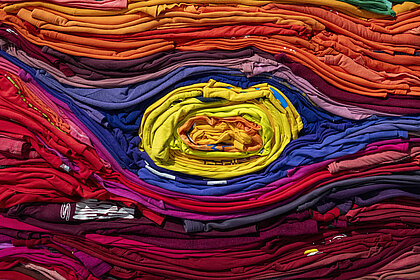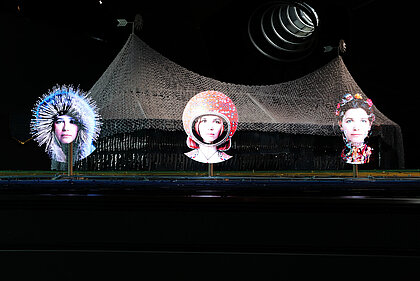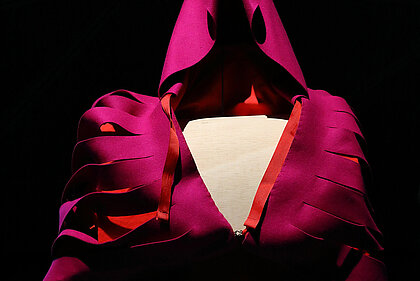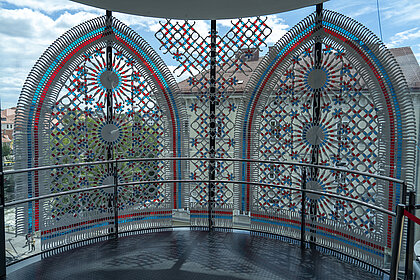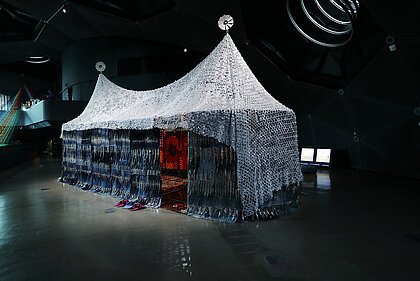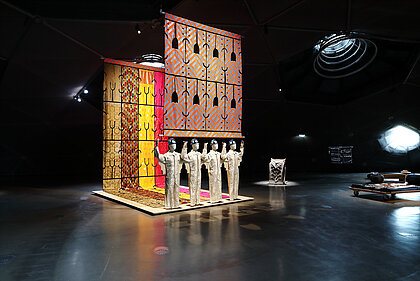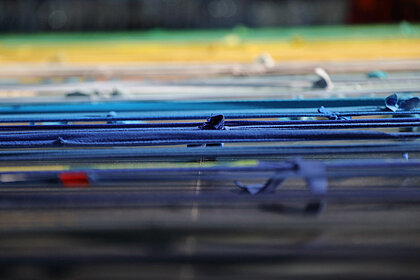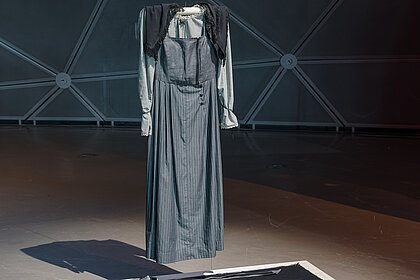Artistic and research lead: Azra Akšamija
T-Serai Tent
Research team: Natalie Bellefleur, Lillian Kology, Zeid Madi, Melina Philippou
Prototype development: Azra Akšamija, Natalie Bellefleur, Lillian Kology
Fabrication: Azra Aksamija, Lyza Baum, Natalie Bellefleur, Joseph Burnhoe, Lillian Kology, Graham Yaeger
T-Serai designs produced within Azra Akšamija’s course “Foundations in the Arts, Design, and Spatial Practices,” MIT Department of Architecture, Spring 2019 including Jaya Eyzaguirre and Yaara Yacoby (Teaching Assistants); Students: Lisbeth Acevedo Ogando, Erika Anderson, Alexander Boccon-Gibod, Landon Buckland, Jierui Fang, Alejandro Gonzalez-Placito, Alice Ho, Effie Jia, Seo Yeon Kwak, Daniel Landez, Christopher Larry, Yi Yang, Annie Zhang.
T-Serai Workshops in Al Za’atari and Al Azraq Refugee Camps in Jordan were conducted in collaboration with the Norwegian Refugee Council and CARE-Jordan.
Banners
Research leads: Azra Akšamija, Melina Philippou, Zeid Madi, Raafat Majzoub, Muteeb Awad Al Hamdan
Syrian designers at the Azraq camp: Ali Fawaz, Abu Al Ajnabi, Abu Mohammad Al Homsani, Amer Yassin Abu Haitham, Mohammed Khaled Marzouqi, Majid Al Kan’an, Farez Jamel Vousel
Photographic survey of inventions at the Azraq camp: Zeid Madi, Nabil Sayfayn and Al Azraq Journal Team members: Hussain Al-Abdullah, Yassin Al-Yassin, Mohammad Al-Qo’airy, Mohammad Al-Mez’al.
2D & 3D rdrawings: Noora Aljabi, Andrea Baena, Catherine Anabella Lie, Khan Nguyen, Melina Philippou, Michelle Xie, Stella Zhujing Zhang, Calvin Zhong, Ziyuan Zhu
Advisors in Amman - German-Jordanian University: Rejan Ashour, Mohammad Yaghan
Freeze Drawings: Natalie Bellefleur, Zeid Madi, Dietmar Offenhuber, Melina Philippou, Calvin Zhong
Textile banners fabrication: Azra Akšamija, Stratton Koffman, Lillian Kology, Cameron Silva
Silk Drawings
Concept: Azra Akšamija
Drawings: Natalie Bellefleur
Production: Penelope Phylactopoulos
Azraq Poem
Production / Photos: Zeid Madi, Nabil Sayfayn (FHL), Hussain Al-Abdullah, Yassin Al-Yassin, Mohammad Al-Qo’airy, Mohammad Al-Mez’al (Al Azraq Journal Team members)
Writing and editing: Azra Akšamija, Omar Al-Darwish, Muteeb Awad Al Hamdan, Zeid Madi, Melina Philippou, Ra’ed Suleiman





















